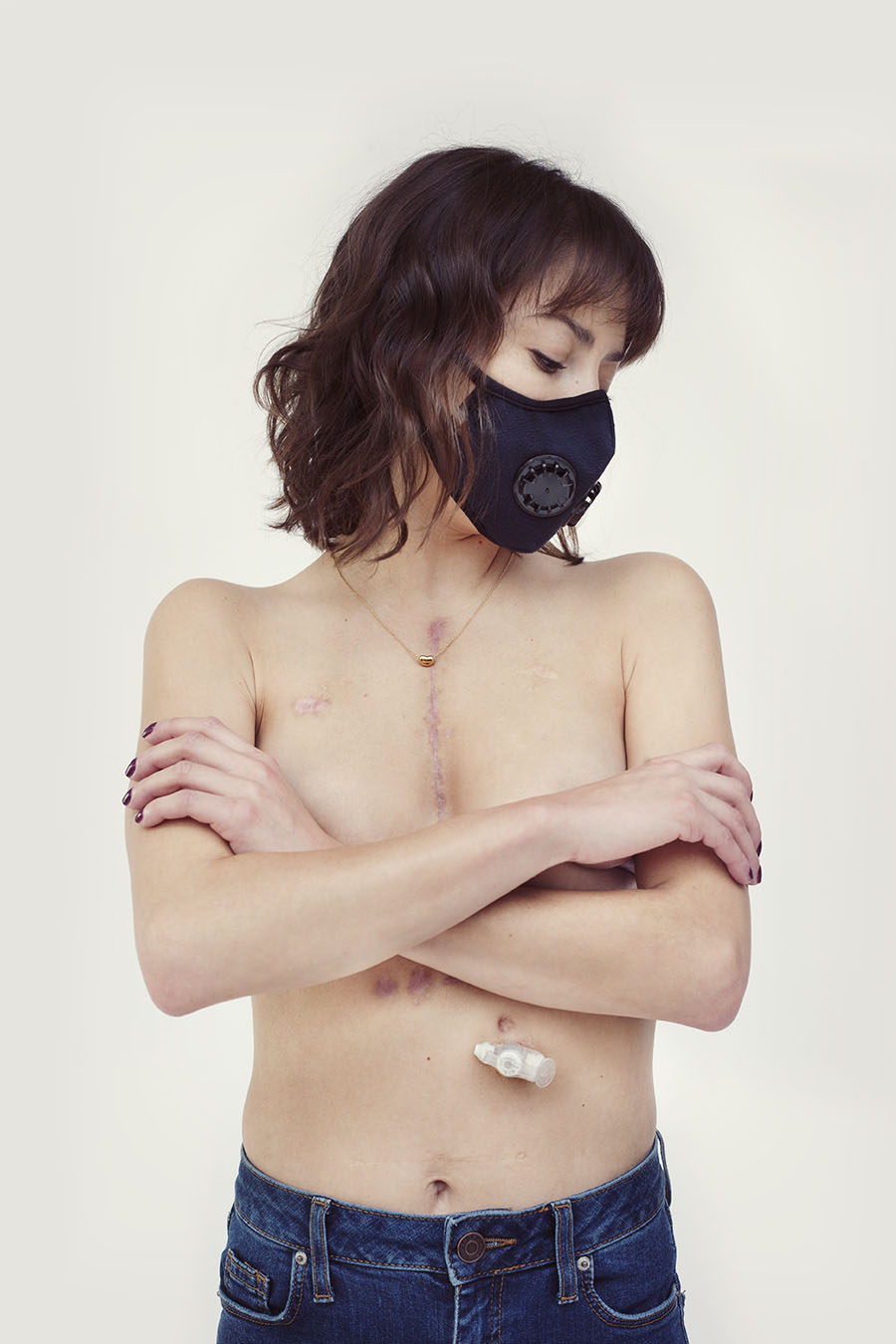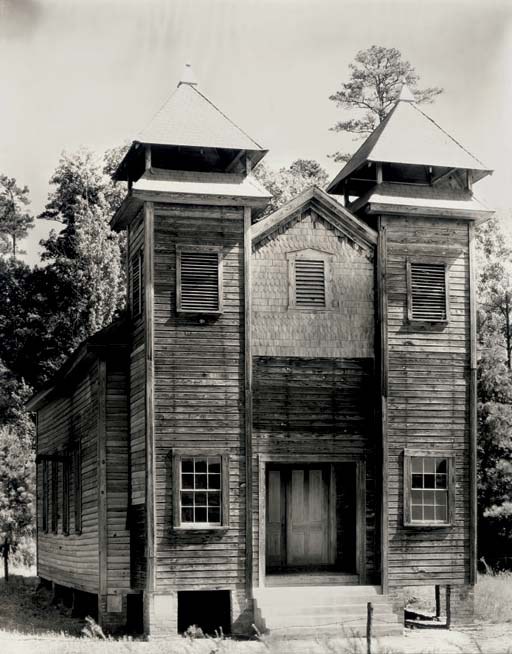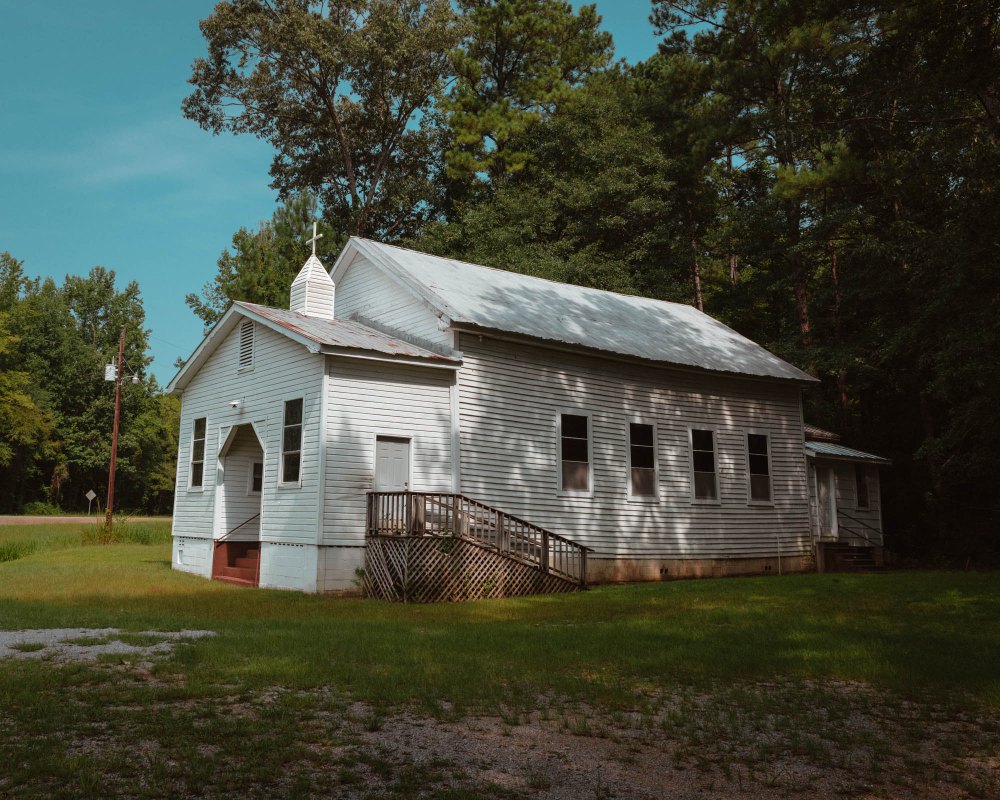by McKenna Duffy (AAU MFA Student)
You’ve probably heard it before, “You’ve just got to start networking.” It’s a phrase on the tips of every professional’s tongue, but rarely do they ever divulge any further information. What is networking? How do I do that? Don’t you just come across like a sleazy salesman? How do I not come across as a sleazy salesman?
Maybe it’s the paranoid anti-capitalist punk in me, but I can’t help but think that those in “the know” retain information to stifle competition and maintain rank. I’m sure many of you have had similar thoughts. Right? Or am I alone, here? … Bueller?
The truth is, there are a lot of common misconceptions about networking, particularly in the photography industry. I’m here today to tackle a few of them for you, because I like sharing.
1. “Just show up, shake hands, and hand out business cards.”
That sentence makes you a little nauseous, doesn’t it? Well, you’re not alone, plus it’s just not true. This is the main thing that makes people react with the “sleazy salesman” insecurities. When someone shakes your hand and hands you a business card, how long do you remember their name? What happens to those business cards?
If you replied “five seconds” and “the trash or the bottom of my purse,” you know everyone else’s answer, too.
This may leave you wondering, if I don’t shake hands and hand out business cards, then how do I make a memorable impression? Well…
2. “It’s strictly business, keep your work and personal life separate.”
Most people will sneer in disgust at me putting this on a list of misconceptions, but it’s a huge one. Networking is essentially making friends. Industry friends. If you go to a networking event, there won’t be a ton of employers looking to hire, just wandering around looking for a person of your talents. There will be, instead, a ton of photographers like you, wandering around looking for someone to hire them. They will have their hand sanitizer and business cards readily available on the quick-draw.
The largest way to network and get work is to be a friend. Be willing to meet people, get to know them, and help them out. I mean, these may not be the same people you go get smashed with on NYE (but if you do, no hate!), but if you want someone to remember your name when they or someone they know needs a snazzy pet photographer, you’ve got to be memorable. Sometimes, this means doing some minor work for free, to help a friend out. Perhaps volunteering for a night to help that organization they work for. Maybe doing a quick one-off headshot for this grant they need.
I know it sounds bad, but the most amazing part of this - they will help you out, too. You need a new logo? They can whip one up for free or on the cheap. They’ll volunteer at one of YOUR organizations. You will prove to each other just how good you are at what you do.
Then… the real magic…
Your new industry friend’s boss needs a staff photographer. Your new industry friend? He thinks of you, instantly. Suggests you to his boss, and BAM! You’ve got an interview. Isn’t that fantastic? Well, this is how true networking works… and it’s pretty universal, be it snazzy pet photography, or snagging the eye of a local gallery curator.
Then, last but not least…
3. “For only $99, register to come to our exclusive networking event!”
Please don’t waste your money. Please. Do you remember in number two, when I talked about numerous job-hungry photographers with the hand sanitizer and business cards on the quick-draw? This is where you will find them. And that will mostly be it. There may be one or two employers there, which I’m sure this event promoter will name-drop on the invitations and marketing . . . but not nearly enough for hundreds of freelance photographers.
You won’t be able to make friends here. Remember, that’s what networking is - making industry friends. You’ll only be able to make really large wads of business cards, or maybe a few cents from recycling all the empty bottles of hand sanitizer.
Instead, make your way to events of other industry friends. Some of them will work in theater, for non-profits, have gallery shows, you-name-it, and there will be events. Use these events to make more industry friends. If you don’t have any industry friends yet, go get involved in something! For example, a local magazine was having a release party, so I went. I enjoyed the wine, the spoken word, the imagery, and I made friends. Now, I’m glad to say I’ve been published in that magazine. And the bonus? I didn’t have to spend $99 to get in.
So, when networking, please keep these misconceptions in mind. And remember, the best way to stand out in the crowd is not to be in it.

























